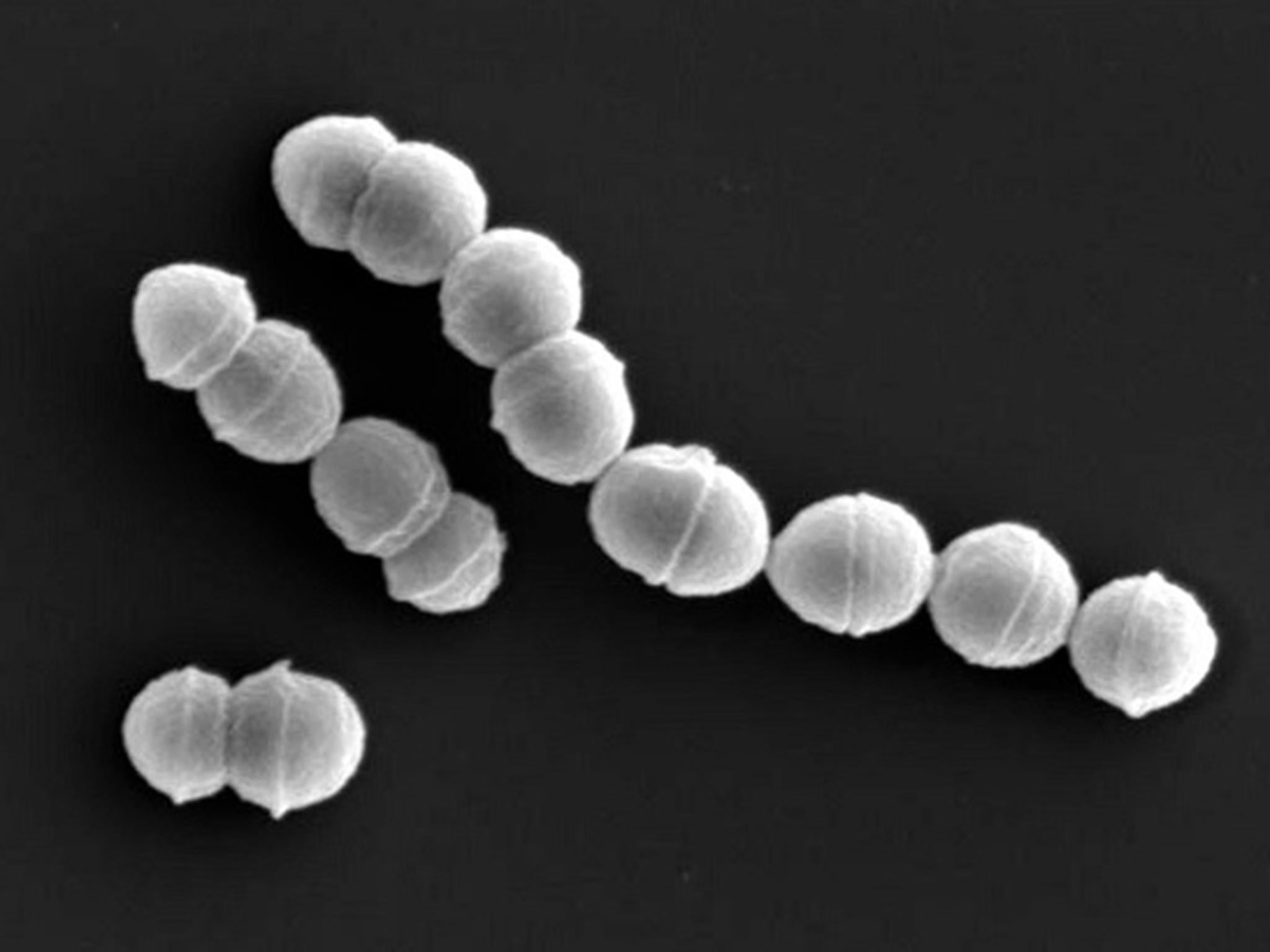Record number hit by 'flesh-eating bacterium' streptococcal toxic shock syndrome in Japan
This year, more patients have been struck down since records began in 1999

Your support helps us to tell the story
From reproductive rights to climate change to Big Tech, The Independent is on the ground when the story is developing. Whether it's investigating the financials of Elon Musk's pro-Trump PAC or producing our latest documentary, 'The A Word', which shines a light on the American women fighting for reproductive rights, we know how important it is to parse out the facts from the messaging.
At such a critical moment in US history, we need reporters on the ground. Your donation allows us to keep sending journalists to speak to both sides of the story.
The Independent is trusted by Americans across the entire political spectrum. And unlike many other quality news outlets, we choose not to lock Americans out of our reporting and analysis with paywalls. We believe quality journalism should be available to everyone, paid for by those who can afford it.
Your support makes all the difference.Hundreds of people in Japan have been infected by a puzzling and potentially deadly “flesh-eating bacterium” in 2017.
In total, 525 patients with streptococcal toxic shock syndrome (STSS) were reported as of 10 December, according to the National Institute of Infectious Diseases – the highest number since record-keeping began in 1999.
The number of patients with STSS has been climbing each year but the cause for the increase remains unknown. The number of patients with STSS was just 203 in 2013.
STSS, which is fatal in almost one in three cases, destroys tissue and can result in death in a matter of days.
The infection is sometimes referred to as toxic shock-like syndrome (TSLS).
The disease is predominantly caused by a bacterium named Streptococcus pyogenes, commonly known as group A streptococcus.
The institute has warned people can die in the space of hours, from the onset from multiple organ failure and other symptoms after their bodies go into a critical period in a short amount of time.
While it is thought that STSS starts in patients’ wounds that have become infected, there are many cases in which the path of the infection continues to be a mystery.
Besides from group A streptococcus, there are several other bacteria such as group G streptococcus which also engenders serious and even potentially life-threatening varieties of the disease.
“It is conceivable that a growing number of patients with STSS are infected with bacteria other than group A streptococcus,” Ken Kikuchi, a professor of infectious diseases at Tokyo Women’s Medical University, told The Asahi Shimbun.
Join our commenting forum
Join thought-provoking conversations, follow other Independent readers and see their replies
Comments